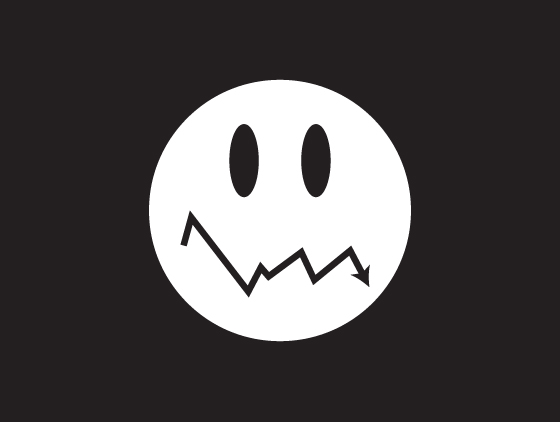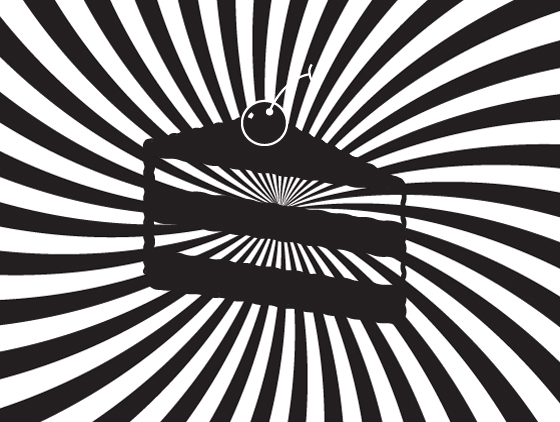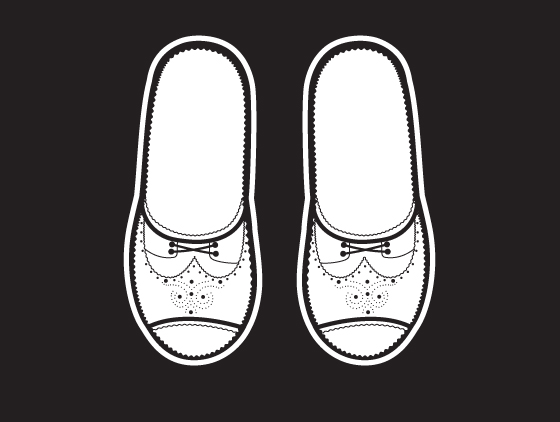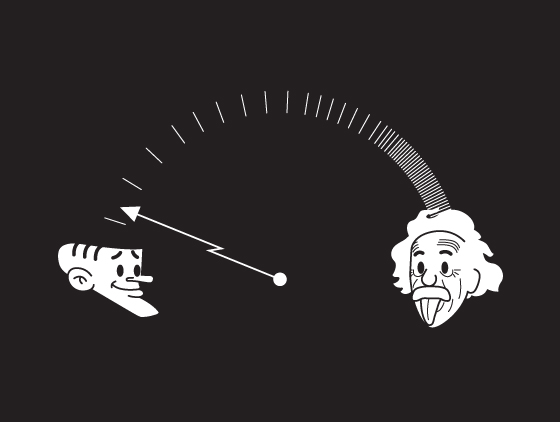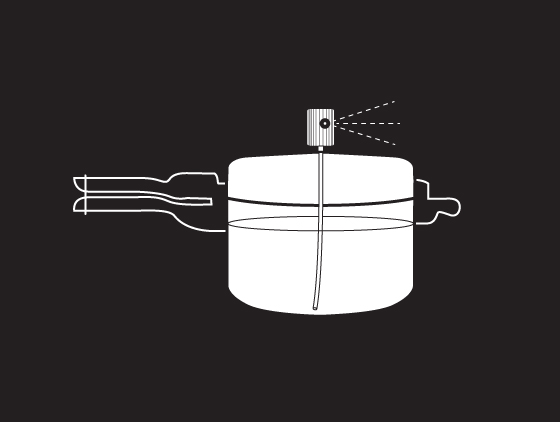
Honking is so embedded in Indian driving etiquette that Audi India has confirmed, in media, having designed extra loud, ultradurable horns for vehicles sold in India. Meanwhile people face a rapidly growing problem with many side effects of noise pollution. Some of them being increased hyper-tension, blood pressure, hearing loss, increased risk of heart attacks and disturbed sleep patterns. Reports in Indian cities show that noise levels are way beyond the permissible limits. Truly we are all horny.
Honking like other behaviour, over time, becomes a habit. And habits are essentially automatic behaviour where one does not consciously think about the action, but rather, the decision-making happens automatically. So we thought that it was important to shift the driver from an automatic mode of honking as a habit, to make him deliberate on whether the situation really demanded that he honk. We needed to make the driver conscious of the habit of honking by giving him immediate feedback while the driver was still driving the car, so that the next time the driver honked only when he thought it was necessary, rather than honk indiscriminately.
This approach led us to create a ‘Horn Reduction System’ we’ve called Bleep that has proved to reduce honking amongst each and every one of participants by an average of 61%.
Bleep – A horn reduction system
Bleep is a device with a simple red button fitted in an easily accessible place on the dashboard of a car. The red button has a frown sketched on it and when the driver presses the horn, the red button begins to beep and flash. In order to switch the device off, the driver needs to press the red button.
The 6-month long experiment
Bleep has been tested on manual and automatic geared cars amongst 30 people including men, women and chauffeurs of private vehicles, over 6 months and over 3800 kms. The participants were given either of two cars – manually geared Swift or automatic Honda City, with Bleep fitted, to be driven for 4 days during the working weekdays. Two days with Bleep off and the next two days with Bleep on, so that we could compare the number of honks per kilometer in the control situation (pre-Bleep) with the experimental situation (post-Bleep). Bleep has been tested as triggering off every time the horn is pressed, which is a stricter version in the manually geared Swift car, as well as triggering off every third time the horn is pressed, which is more lenient, in the automatic Honda City. In the first phase of the experiment the drivers were not given any information about the experiment. In the second phase they were simply shown how the system works.
The results
We have found a reduction in honking in each and every one of the participants wherein honks per km reduced between 19% to 96% (on an average by 62.5%) when Bleep was triggered every time the horn was pressed (stricter version). A reduction in honks per km was found between 16% to 91% (on an average by 60.3%) when Bleep was triggered every third time the horn was pressed (lenient version). These numbers prove that the reduction in honking relates to indiscriminate honking that drivers can do without.
The science of Bleep
The science behind the effectiveness of Bleep is that it assists the driver in reducing honking by using a visual-cum-sound reminder. The driver gets instant feedback when the red light with the frown beeps and flashes when he honks, making the driver conscious about his inappropriate behaviour of honking and making him deliberate about when he really required to honk. The driver having to physically switch off the reminder further helps in persuading him to honk lesser. The frown on the device is designed to indicate that honking is socially inappropriate behaviour. A study called ‘Overcoming Intuition’ done by Alter, Oppenheimer, Epley and Eyre has shown that frowning helps the brain reduce the reliance on intuition and activates analytical reasoning. Another research at the Stanford University School of Medicine has shown that peak brain activity (arresting attention) occurred during a short period of silence between musical movements, which is evidence that sounds that have a pause in between make you more alert. That’s why a seatbelt reminder like sound was used in the beep.
Bleep comes with many other unique features like recording, displaying and transmission of vehicle data like number of honks, speed at time of honk, location, time, etc., inside the vehicle or at a remote location and many other customised features. Patent pending.
Bleep has been featured in Fast Company, BMW Guggenheim Lab, Times of India, CNBC Overdrive, Radio One 94.3, Top Gear India’s June issue, Mint-WSJ, Mumbai Boss, The Sunday Guardian and DNA till now.

